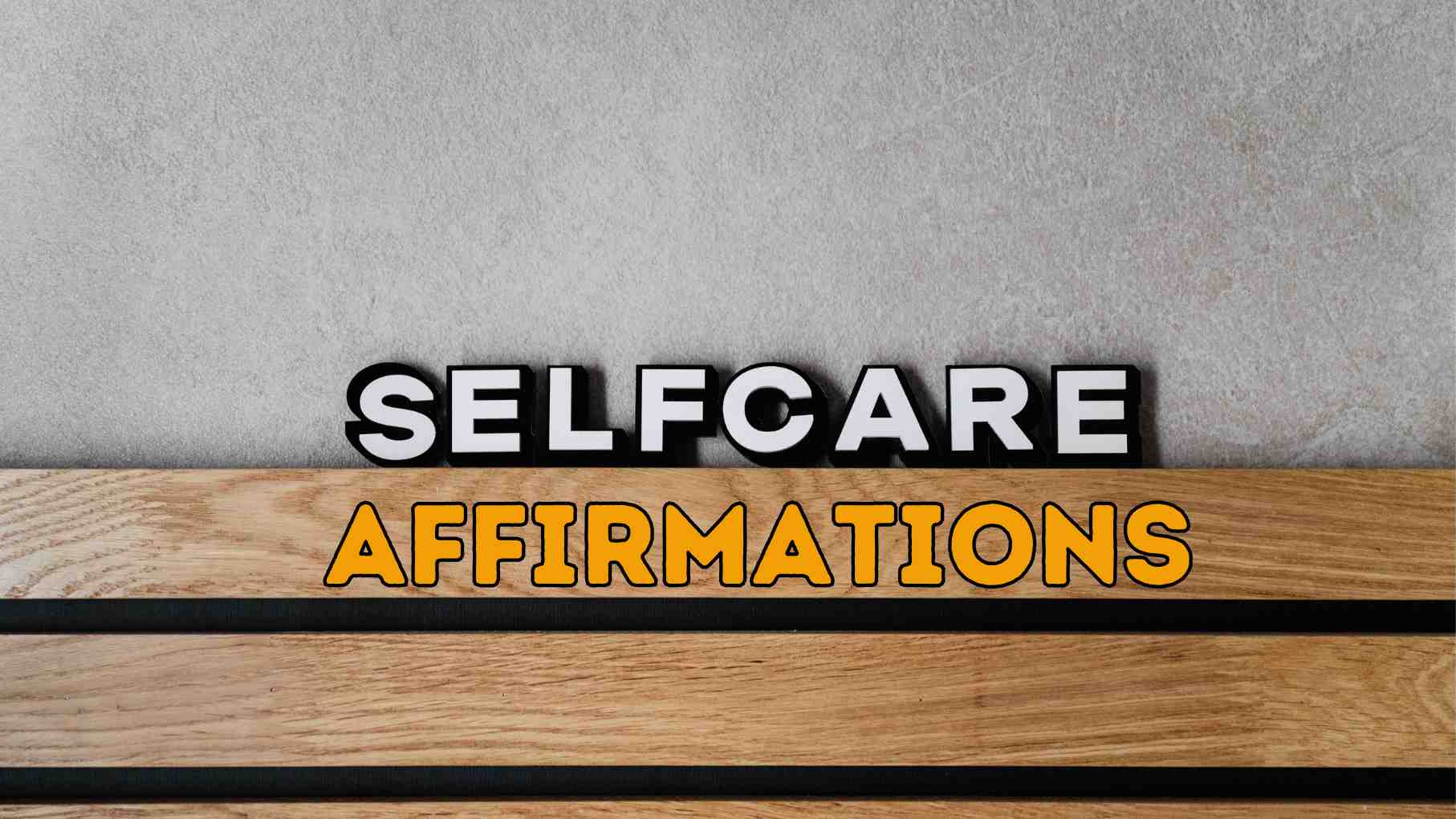Unlocking Subconscious Power for Total Life Growth:

Harnessing the power of your subconscious mind can be a transformative approach to achieving growth in all areas of your life. Here are some steps and techniques to help you tap into that power:
**1. Positive Affirmations:
- Daily Practice: Repeat positive affirmations daily to reprogram your subconscious mind with empowering beliefs.
- Focus on Present: Use affirmations in the present tense, such as “I am confident,” “I am healthy,” or “I attract abundance.”
**2. Visualization:
- Create Mental Images: Visualize your goals and desires as if they are already achieved.
- Engage All Senses: Use all your senses to make the visualization vivid and real. Picture the sights, sounds, and feelings associated with your success.
**3. Meditation:
- Regular Practice: Meditate regularly to calm your conscious mind and access the deeper layers of your subconscious.
- Focused Intention: During meditation, focus on a specific intention or goal you want to manifest.
**4. Self-Hypnosis:
- Guided Sessions: Listen to self-hypnosis recordings or practice self-hypnosis techniques to plant positive suggestions in your subconscious mind.
- Repetitive Statements: Use repetitive, positive statements that align with your goals during self-hypnosis.
**5. Journaling:
- Write Your Desires: Keep a journal where you write down your goals, dreams, and affirmations regularly.
- Review and Reflect: Reflect on your progress and the alignment of your conscious actions with your subconscious desires.
**6. Mindful Awareness:
- Observe Thoughts: Be mindful of your thoughts and feelings, especially those that are negative or limiting.
- Replace Negativity: When you notice negative thoughts, consciously replace them with positive ones.
**7. Gratitude Practice:
- Daily Gratitude: Cultivate a habit of gratitude by listing things you are thankful for each day.
- Feel the Gratitude: Truly feel the emotion of gratitude as you reflect on your blessings.
**8. Set Clear Goals:
- Define Your Goals: Clearly define what you want to achieve in all areas of your life—health, relationships, career, and finances.
- Break It Down: Break your goals into smaller, manageable steps and visualize each step as already accomplished.
**9. Trust the Process:
- Believe in Yourself: Trust that your subconscious mind is working to align your thoughts, actions, and opportunities with your desires.
- Be Patient: Understand that change takes time, and continue to practice these techniques with patience and persistence.
**10. Consistency:
- Regular Practice: Consistency is key to reprogramming your subconscious mind. Engage in these practices daily for lasting impact.
- Track Progress: Keep track of your growth and progress in different areas of life, reinforcing the belief in your abilities.
45 FAQS on the power of Subconscious mind
1. What is the subconscious mind?
The subconscious mind is the part of your mind that operates below your conscious awareness. It stores beliefs, memories, and experiences that influence your thoughts and behaviors.
2. How does the subconscious mind differ from the conscious mind?
The conscious mind is responsible for deliberate, logical thinking, while the subconscious mind controls automatic, habitual actions and processes information outside of your immediate awareness.
3. How does the subconscious mind influence behavior?
The subconscious mind shapes your behavior by storing habits, beliefs, and emotional responses that guide your actions without conscious thought.
4. Can I reprogram my subconscious mind?
Yes, you can reprogram your subconscious mind through techniques like positive affirmations, visualization, meditation, and self-hypnosis.
5. How long does it take to reprogram the subconscious mind?
It varies, but consistent practice over a few weeks to several months is typically needed to see significant changes.
6. What role does the subconscious mind play in decision-making?
The subconscious mind influences decision-making by filtering information based on your past experiences, beliefs, and emotions.
7. How can I access my subconscious mind?
You can access your subconscious mind through meditation, journaling, visualization, and attention to your dreams.
8. What are affirmations, and how do they affect the subconscious mind?
When repeated regularly, affirmations are positive statements that can influence the subconscious mind to adopt new beliefs and behaviors.
9. Can the subconscious mind help with achieving goals?
Yes, by aligning your subconscious beliefs with your goals, you can create a powerful internal drive to achieve them.
10. How does visualization affect the subconscious mind?
Visualization creates mental images of desired outcomes, which the subconscious mind then works to manifest into reality.
11. Is the subconscious mind active during sleep?
Yes, the subconscious mind remains active during sleep, processing emotions, and memories, and solving problems.
12. Can dreams reveal insights about the subconscious mind?
Dreams often reflect the subconscious mind’s thoughts, feelings, and unresolved issues.
13. How can meditation help tap into the subconscious mind?
Meditation quiets the conscious mind, allowing you to connect with deeper subconscious thoughts and feelings.
14. What is self-hypnosis, and how does it work?
Self-hypnosis is a technique to relax the conscious mind and make positive suggestions to the subconscious mind.
15. Can negative thoughts be changed through the subconscious mind?
Yes, by consistently replacing negative thoughts with positive ones, you can reprogram your subconscious to support a more positive outlook.
16. How does the subconscious mind impact self-esteem?
The subconscious mind holds beliefs about your self-worth, which can either enhance or undermine your self-esteem.
17. Can the subconscious mind influence physical health?
Yes, beliefs and emotions stored in the subconscious can impact physical health, influencing stress levels, immune function, and overall well-being.
18. How does the subconscious mind affect relationships?
The subconscious mind shapes how you perceive and interact with others, often based on past experiences and deeply held beliefs.
19. What is the role of the subconscious mind in overcoming fears?
By reprogramming the subconscious mind, you can alter the fears and anxieties that control your behavior.
20. How does gratitude affect the subconscious mind?
Practicing gratitude trains the subconscious to focus on positive aspects of life, enhancing overall happiness and well-being.
21. Can the subconscious mind create limiting beliefs?
Yes, past experiences and negative conditioning can lead to limiting beliefs that hold you back from achieving your full potential.
22. How can journaling help connect with the subconscious mind?
Journaling helps uncover subconscious thoughts and feelings, providing clarity and a path to reprogramming negative patterns.
23. Can the subconscious mind manifest desires?
Yes, by aligning your subconscious beliefs with your desires, you can manifest what you truly want in life.
24. What is the role of the subconscious mind in stress management?
The subconscious mind influences how you respond to stress, and by reprogramming it, you can develop healthier stress responses.
25. How do childhood experiences affect the subconscious mind?
Childhood experiences often shape the foundational beliefs and patterns stored in the subconscious mind, influencing your adult life.
26. Can the subconscious mind be influenced by external factors?
Yes, the subconscious mind can be influenced by what you consistently expose it to, such as media, environment, and relationships.
27. How do mantras influence the subconscious mind?
Mantras are repetitive phrases that, when used consistently, can program the subconscious mind to adopt new beliefs.
28. Can the subconscious mind change your perception of reality?
Yes, your subconscious beliefs and perceptions can shape how you interpret and experience reality.
29. How does the subconscious mind handle trauma?
The subconscious mind stores traumatic experiences, which can later manifest as fears, anxieties, or physical symptoms if not addressed.
30. Can the subconscious mind help with creative problem-solving?
Yes, the subconscious mind processes information in the background, often providing creative solutions and insights.
31. How does the subconscious mind affect habits?
Habits are stored in the subconscious mind, which means they can be changed by reprogramming these automatic behaviors.
32. Can the subconscious mind influence your financial success?
Yes, your beliefs about money and success, stored in the subconscious mind, can either attract or repel financial abundance.
33. What role does the subconscious mind play in addiction?
The subconscious mind stores the triggers and patterns associated with addiction, making it a key area to address in overcoming addictive behaviors.
34. Can you heal past emotional wounds through the subconscious mind?
Yes, by addressing and reprogramming the subconscious mind, you can heal past emotional wounds and move forward with greater peace.
35. How can I use my subconscious mind to boost confidence?
By regularly affirming positive beliefs about yourself, you can reprogram your subconscious to support greater confidence.
36. Can the subconscious mind help you stay motivated?
Yes, aligning your subconscious beliefs with your goals can enhance motivation and drive.
37. How does repetition influence the subconscious mind?
Repetition is a powerful tool for programming the subconscious mind, as it reinforces beliefs and behaviors over time.
38. How does the subconscious mind process information?
The subconscious mind processes information in a nonlinear, associative way, connecting ideas and experiences based on emotions and patterns.
39. Can I use the subconscious mind to improve my memory?
Yes, by practicing techniques like visualization and repetition, you can enhance your memory by engaging your subconscious mind.
40. What is the role of the subconscious mind in decision fatigue?
Decision fatigue occurs when the conscious mind is overwhelmed, but by training the subconscious with positive habits, you can reduce its effects.
41. How does the subconscious mind handle multitasking?
The subconscious mind can manage automatic tasks, but conscious focus is required for complex multitasking.
42. Can the subconscious mind help with learning new skills?
Yes, by visualizing the process and outcome, you can program the subconscious to assist in learning new skills.
43. How does the subconscious mind affect time perception?
The subconscious mind can distort time perception, making moments feel longer or shorter based on emotional engagement.
44. What is the connection between the subconscious mind and intuition?
Intuition is often a result of the subconscious mind processing information and experiences, leading to seemingly instinctive insights.
45. How can I maintain a positive subconscious mind?
Consistently practice positivity, gratitude, and mindfulness, and expose your subconscious to uplifting, encouraging inputs to maintain a positive mindset.
Related articles –
Reprogram Your Mind for Success: A Blueprint for Empowered Living





















